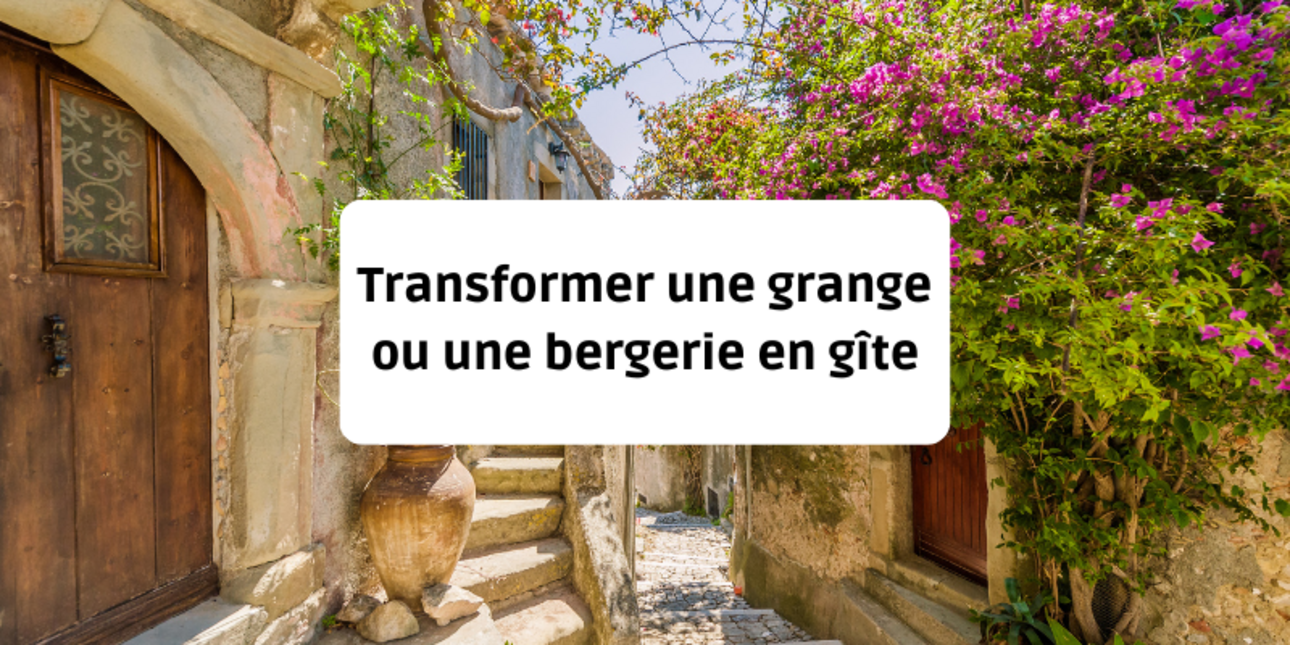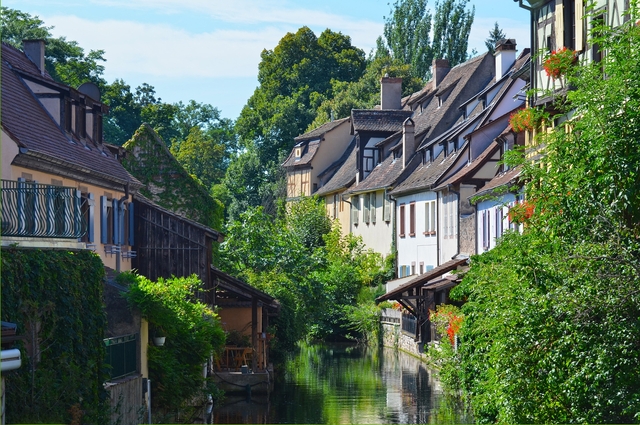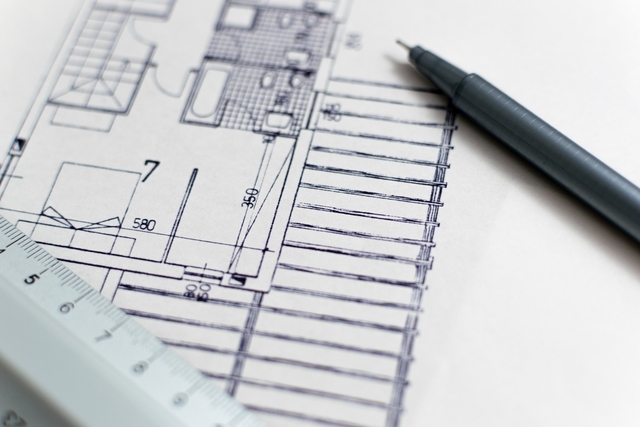
It can be very interesting to transform old farm buildings such as barns, stables, sheepfolds or farmhouses into holiday rentals or even into a primary or secondary residence. But before you start, it is important to check the regulatory and financial feasibility of your project.

Tourist rentals are booming in France. Rural gîtes, holiday homes and bed and breakfasts attract many tourists.
The transformation of old buildings used for agricultural purposes is of undeniable interest when launching a tourist accommodation project. Indeed, these old buildings often have a particular character and lend themselves well to this type of project.
Their location in the countryside or in the mountains is also an important criterion for many holidaymakers: peace and quiet, nature, unusual scenery, isolation, etc. Even though these elements could put off people looking for a main residence, who often prefer to live near towns and services.
The tax regime attached to tourist rentals (Bénéfice Industriel et Commerciaux) is also a point of interest for many investors. Indeed, the taxation of income can be more interesting than that of property income, thanks in particular to the depreciation of the property.
Overall, you can choose between 2 tax systems:
Micro BIC: The taxable income is equal to 71% of the rental income. This system does not take into account the amount of actual expenses.
The real regime: Your income is made up of your rental income minus the real expenses incurred, including depreciation of your property and its furniture. This system, which requires you to keep accounts, often allows you to have a taxable income of zero euros.
We tell you more in our article on the taxation of tourist rental income
A barn, a stable, a sheepfold, ... these are buildings originally intended for agricultural use. Transforming them into a dwelling (for rental or residential use) therefore requires a change of use, and probably the obtaining of a building permit.
The administration distinguishes between five types of use of premises: agricultural and forestry, housing, trade and service activities, public facilities and services, other activities in the secondary or tertiary sectors.
The change of use will therefore be the administrative procedure that will allow you to transform a building used for agricultural purposes into a residential building.
Agricultural buildings are generally built in zones A or N (A for Agricultural, N for Natural). Zones A and N are in principle unbuildable areas. Only farmers can build buildings for professional use or, under certain conditions, main residences.
The town planning rules vary greatly from one commune to another depending on whether the land is subject to departmental regulations, a Plan d'Occupation des Sols (POS) or a Plan Local d'Urbanisme (PLU).
It is therefore necessary to contact the town hall's urban planning department to find out what is possible. You will then have to submit a prior declaration of works or a building permit directly. It will probably be more difficult to convert an isolated sheepfold into a dwelling than for a barn already attached to a dwelling.
It should also be noted that the PLU of your municipality may, including in agricultural zones, provide for the possibility of a change of use for buildings of architectural or heritage interest, provided that this change does not compromise farming or the landscape quality of the site.
Do not hesitate to rely on this architectural interest and on the quality of your project (plans and photos in support) to obtain your authorisation.

When signing your preliminary sales agreement for the purchase of an old farm building, remember to include a suspensive clause linked to obtaining the administrative authorisations required for your project. In the event of a subsequent refusal, you will be able to withdraw from your purchase without being liable to the seller for penalties.
You will need planning permission if you change the external appearance, affect the structure of your building or increase the surface area or volume of your agricultural building.
Planning permission is therefore a complementary procedure to that for a change of use. If the surface area created is less than 20 m², a simple declaration of works may be possible.
If the floor area of your project is greater than 150 m², the use of an architect will be compulsory as for any dwelling.
The servicing of your property, i.e. the connection to electricity, water, gas and sanitation, are also points to be taken into account in your project.
Indeed, the town hall can also refuse your project if the costs of connecting to water and electricity are too high because they are too far away. The installation of an independent sanitation system is also a point to be taken into account because it represents a significant cost.
The cost of a renovation is always difficult to estimate as it depends on the individual project and the work you can do yourself.
However, given current building standards, it seems difficult to achieve a quality renovation without an average investment of around €1,500 per m².
Indeed, if the basic structure of the building is already in place, the structural work (making openings in the walls, re-roofing, etc.) quickly represents a large budget and building professionals generally anticipate particular difficulties that they do not encounter in a new structure.
And the interior work (opening, insulation, electricity, plumbing, tiling, etc.) is just as important as for new buildings.
And finally, we must not forget the costs of servicing which we have already mentioned.
To conclude,
You now know a lot about the main points to consider before embarking on your tourism project.
The category "Farms, barns, farmhouses" on our site presents properties formerly used for agricultural purposes which may be suitable for your project anywhere in France.